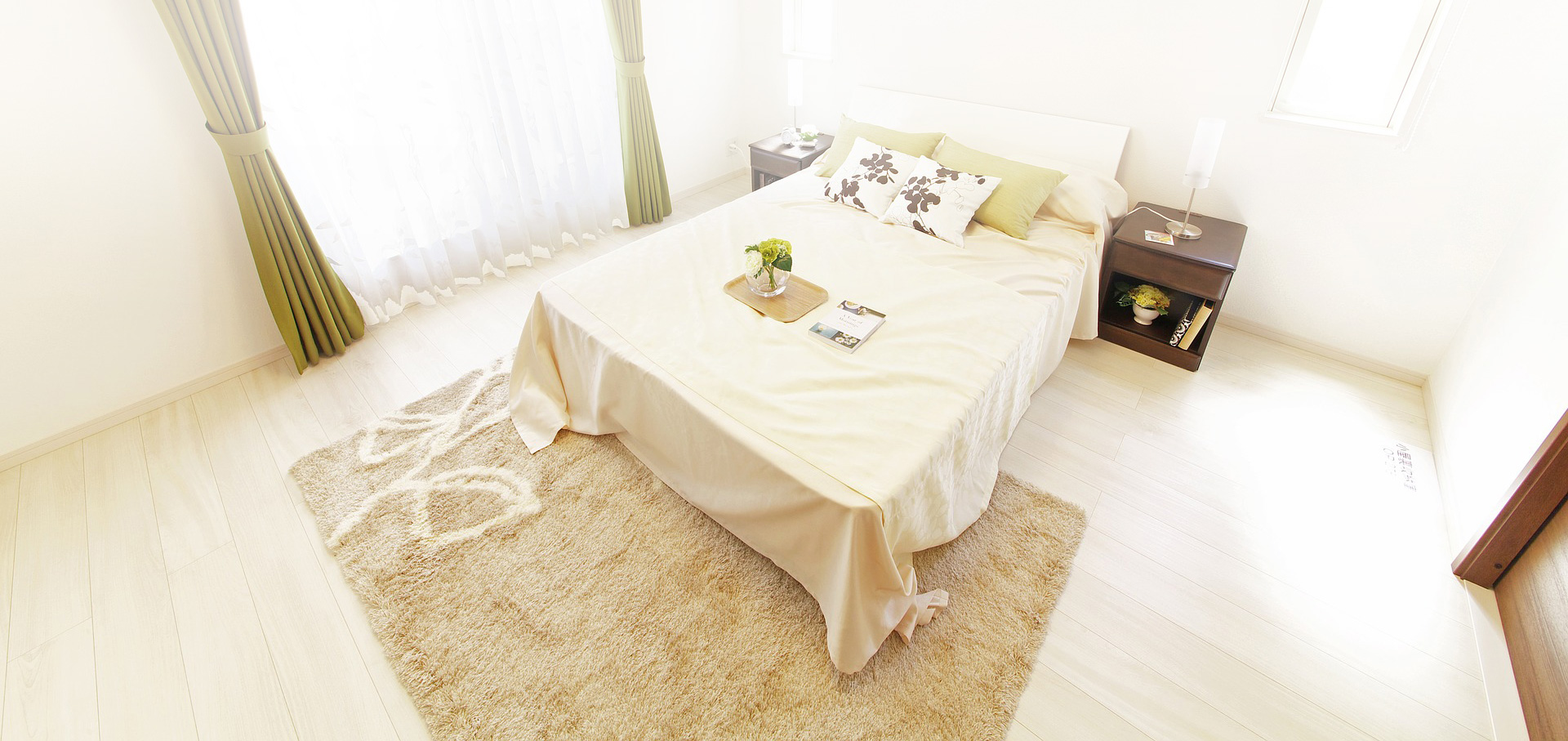
Blog
By this point I'm reasonably certain that the majority of responsible furniture owners are aware that spills and stains on upholstery should be cleaned immediately, with all due haste. It's the right thing to do, and stands the best chance of successful stain removal. But, let's consider for a moment the times when it's just not possible to immediately handle a stain. A quick search of the internet might lead you to believe that no one in the history of the world has failed to blot and treat a spill in a timely manner, and you and your upholstery are utterly doomed because your stains have set-in and nothing short of inventing a time machine, crashing the lively spaghetti and red wine party that marred the vintage set of dining chairs you just scored at the flea market, and cleaning those spills when they occur will be of any use in removing the stains. All kidding aside, and in spite of several Google search result pages to the contrary, there are things you can do to revive a stained piece of upholstery, even if the staining took place long ago. So let's start!
#1Prevention. Upholstery should be vacuumed frequently to keep the fabric in good shape and prevent dust and crumbs from settling into the body of the furniture. In the case of an old stain, it's surprising how much a simple vacuuming can help the fade the stain. It should always be the first step in dealing with this kind of damage, you don't really know what you're dealing with, or how bad the stain truly is until all of the loose particles have been sucked away by the vacuum. How? Using the upholstery attachment, vacuum left to right in short, overlapping strokes, starting at the top of the piece and working toward the bottom. (For delicate fabrics, like silk and linen, set the suction to low.) This left-to-right technique is especially important for nappy materials that hold on to dirt, like chenille, suede, velvet, and corduroy. Click in the crevice nozzle (if you're worried about sucking up coins, cover it with a piece of old panty hose secured with a rubber band); vacuum under cushions and around seams. Then use a can of compressed air to blast dirt from tufting and button nooks.
#2 Granny was on to something with the "no eating the living room" rule. If you've the stamina to enforce a ban on food, drink and pets on the furniture, you'll avoid worry - and work - down the road. Take care with other less obvious sources of stains, too: even newsprint inks can bleed easily onto fabric.
#3 Spot Removal. The first rule of tending to a spill? Get to it quickly before it has time to set. Use a blotting motion with either a paper towel or clean white cloth. Rubbing can smudge the spill into a larger stain - an effect that upholstery cleaning pros call "blossoming". Work from the outside of the spot towards the centre. Blot dry.
#4 Sudsing. Pour about ½ teaspoon clear dish soap in a small bucket; run warm water into the bucket to create lots of suds. Dip a soft upholstery brush in the suds only-do not submerge-and sweep the fabric in small sections, with a light touch (as if you're frosting a cake). Less is more here; you don't want to soak the fabric. After you've sudsed the entire piece, wipe the fabric with a clean, damp cloth. Let the upholstery dry completely before using the piece again. If you want to wash the other sides of the cushions, do it the next day, when the fabric on the front is fully dry.
Source: Commercial Carpet Cleaning TAMPA